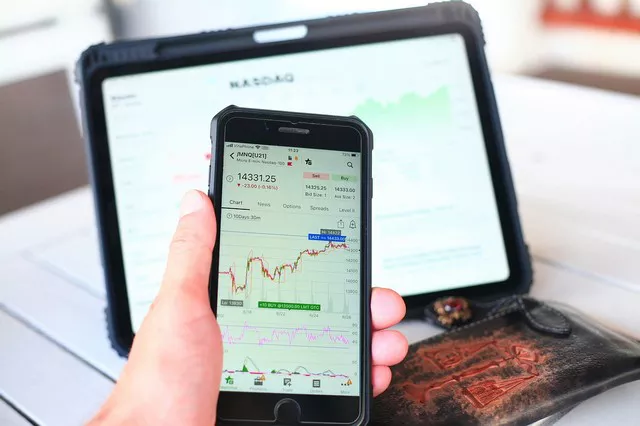Lean hog futures are financial contracts that hold a significant place in both the agricultural and financial markets. These futures contracts allow traders and investors to speculate on the future price of lean hogs, a vital commodity in the global meat industry.
What Are Lean Hog Futures?
Lean hog futures are standardized financial contracts that enable participants to buy or sell a specified quantity of lean hogs at a predetermined price on a future date. These contracts are traded on futures exchanges and serve various purposes for different market participants.
Key Elements of Lean Hog Futures
To fully understand lean hog futures, it’s essential to grasp the key elements involved in these contracts:
Contract Specifications: Each lean hog futures contract has specific terms and conditions, including the quantity of hogs (usually measured in pounds) and the delivery date. For example, a standard contract might represent 40,000 pounds of lean hogs for delivery in a particular month.
Expiration Date: Lean hog futures contracts have expiration dates, typically falling on the last business day of the delivery month. Traders can choose from various contract months to trade, allowing flexibility to cater to their specific needs.
Price: The price of a lean hog futures contract is expressed in cents per pound. This price is determined through supply and demand dynamics in the futures market, influenced by factors such as livestock production, feed costs, and consumer demand.
Delivery Points: Futures contracts specify the locations where physical delivery of lean hogs can occur. These delivery points are often strategically chosen facilities, ensuring efficient transportation and distribution.
The Significance of Lean Hogs in Agriculture
Lean hogs, commonly known as pigs, play a crucial role in the global meat industry. Here are some key points highlighting their significance:
Meat Production: Lean hogs are a primary source of pork meat, which is consumed worldwide. Pork is a staple in many cuisines and dishes, making it a valuable commodity.
Feed Conversion Efficiency: Hogs are known for their efficient conversion of feed into meat, making them a cost-effective source of protein production.
Economic Impact: The hog industry has a significant economic impact on agriculture and rural communities, providing jobs and contributing to local economies.
Export Markets: Pork products are often exported to international markets, leading to variations in supply and demand that affect lean hog prices.
The Significance of Lean Hog Futures
Lean hog futures serve several crucial roles in the agricultural and financial sectors:
Price Discovery: Futures markets provide a platform for price discovery, allowing participants to assess and respond to changes in lean hog prices based on supply and demand dynamics, production forecasts, and international trade factors.
Risk Management: Participants in the pork industry, including hog producers, processors, and distributors, use futures contracts to hedge against price fluctuations. This helps them mitigate the risk of volatile prices affecting their operations and profitability.
Speculation: Traders and investors engage in lean hog futures to speculate on price movements. They can profit from both rising (going long) and falling (going short) lean hog prices, contributing to market liquidity.
Supply Assurance: Futures contracts facilitate the assurance of lean hog supply. Producers can lock in prices for future hog deliveries, ensuring stability in cash flows and supporting investment decisions.
Trading Lean Hog Futures
Trading lean hog futures involves several key steps:
Selecting a Broker: Traders must open an account with a futures brokerage that offers access to lean hog futures markets.
Market Analysis: Traders analyze various factors that can influence lean hog prices, including livestock production data, feed costs, international trade policies, and consumer preferences.
Placing Orders: Traders can place buy (long) or sell (short) orders based on their market analysis and outlook. These orders specify the contract month, quantity, and price.
Monitoring and Managing Positions: Once in a position, traders closely monitor market developments and may adjust or close their positions based on changing circumstances.
Factors Influencing Lean Hog Prices
Several factors can influence the price of lean hog futures:
Livestock Production: Changes in the number of hogs being raised for meat production can significantly impact supply and prices.
Feed Costs: The cost of animal feed, especially corn and soybeans, can influence hog production costs and, consequently, lean hog prices.
Consumer Demand: Consumer preferences and demand for pork products play a crucial role in price determination.
International Trade: Trade policies and export/import demand can affect hog prices, particularly for countries heavily involved in pork exports.
Disease Outbreaks: The outbreak of diseases in hog populations, such as African swine fever, can disrupt supply chains and lead to price volatility.
Conclusion
Lean hog futures are integral to both the agricultural and financial sectors, providing a means for price discovery, risk management, and speculation in the lean hog market. As a critical component of the global meat industry, lean hogs have a significant impact on food production, economics, and international trade. Understanding the dynamics of lean hog futures is essential for market participants, whether they are seeking to manage risk, capitalize on trading opportunities, or gain insights into the broader agricultural landscape.


